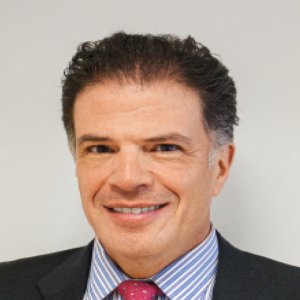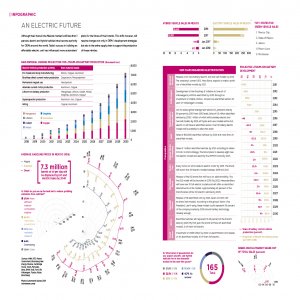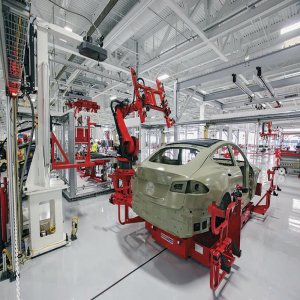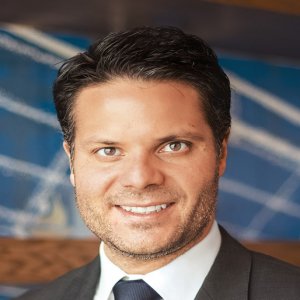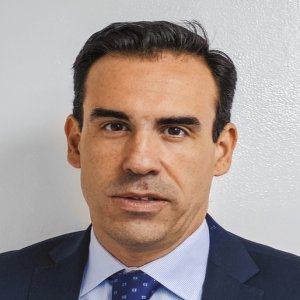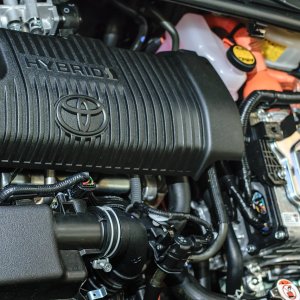Going Against the Tide

STORY INLINE POST
Q: How is Mazda innovating to differentiate itself from other brands and attract new customers?
A: Mazda is more interested in maintaining its market share than in higher sales volumes. Even though the market contracted in 2017 and continues to decelerate in 2018, we have protected our 3.5 percent market share. By offering quality vehicles and covering all steps in the sales process we can ensure client satisfaction. It is crucial that clients are treated well when they arrive to dealerships, that they receive follow-up from salespeople and that they are presented with the various options to purchase vehicles either through cash or credit. Our whole business is oriented toward our clients and they need to know all the advantages that Mazda offers in terms of service, guarantee, spare parts and service. Since we consider our distribution partners as clients as well, we make sure they are in the best condition to service the end consumer. Our aftersales collaborators must be able to welcome clients, tell them when their vehicles will be ready for pickup and follow up when necessary. Spare parts managers must keep tight control of stock, warranty managers must offer a solution that matches the client’s situation and technicians must repair Mazda vehicles well and at the drop of a hat.
Q: Each brand has a unique perspective regarding electrification. What is Mazda’s vision on the car of the future?
A: As part of its commitment to society and the planet, Mazda strives to reduce its emissions and to improve vehicle performance. We adopted the well-to-wheel strategy to assess how much a vehicle pollutes from the moment it is produced to the moment it is discarded. EVs and hybrids may pollute less than fuel-powered vehicles when driven but are more harmful in the big picture because their batteries are highly polluting when they are discarded.
Mazda still believes in the internal combustion engine and we are investing in technology to boost engine efficiency. In 2012, Mazda launched its SKYACTIV technology, which included new engines, chassis structures, gearboxes and body frames. This platform helped us increase fuel efficiency and curb emissions without compromising our vehicles’ performance. In 2017, we delivered the SKYACTIV-X engine. Despite its two-liter configuration, this new engine performs as a 2.5-liter and offers the advantages of both gasoline and diesel, thus further reducing emissions while increasing efficiency and performance.
Q: What impact does demand for Mazda vehicles abroad have on Mazda’s assembly operations in Salamanca?
A: In terms of production, 140,000 units came out of Mazda’s Salamanca assembly line in 2017. Though this plant has the capacity to ramp up production to 250,000 units a year, growth in production will largely depend on demand in foreign markets. Demand for Mazda vehicles in the US flatlined in the first two months of 2018 but experienced slight growth in March. On the other hand, the European and Canadian markets have grown, so we expect Salamanca to keep ramping its operations. This facility is Mazda’s first manufacturing location outside of Japan and it is already functioning at optimal levels just four years after its inauguration.
Q: What opportunities exist for Mazda to grow its local content sourcing?
A: Both foreign and local suppliers have developed well in the Bajio so the opportunity is there. Having a local sourcing strategy will always prove advantageous due to the logistic advantages this offers and there are still opportunities for more local companies to integrate into our supply chain. Quality, short response times and support are areas of opportunity for new companies to compete against players with more experience in the market. The industry is becoming increasingly demanding and suppliers must have enough experience to not compromise OEM production or force companies into a recall. Mazda is open to growing its local supplier base. That being said, in terms of product costs, having a local or a foreign provider makes little difference considering that most components are priced in dollars.
